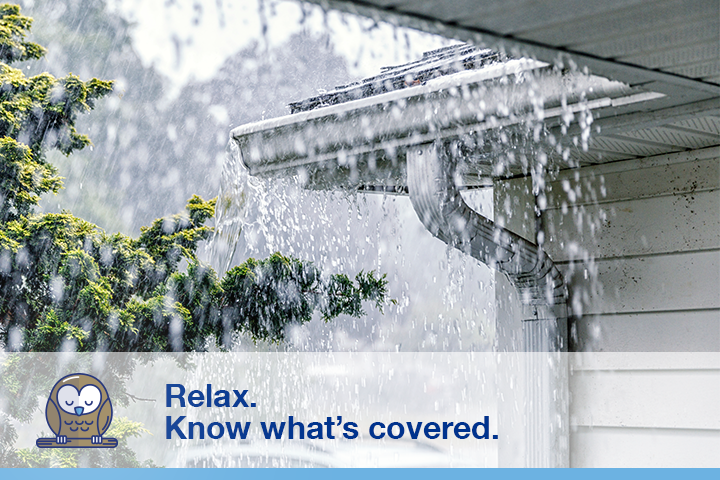
Water, Water Everywhere - Are You Covered
Tree branches litter the highway. Near the river, cars are partly submerged, and somebody is paddling a kayak from door to door, checking on neighbours. A TV news crew is interviewing a mother who’s clutching a sodden wedding picture. Her family will be spending the night in a local community centre. It’s devastating to see their home like this, but she tells the interviewer she’s just glad everybody’s safe and they have insurance.
Which Storm Is This?
It might seem familiar to you. That’s because flooding is no longer a once-a-year, regional news story. It’s all across the country, and it’s happening more often.
Water-related events, like floods, are now the most common natural disaster in Canada
Water Coverage by the Numbers
- The June 2013 floods in Alberta caused $6B worth of damage, but only $1.7B was covered by insurance1. At the time very few Canadians had flood insurance coverage.
- The City of Toronto has a flood resiliency subsidy program, but only 6% of homeowners have used it. A back flow preventer to keep water from flowing into a home costs $300 in a new home, or $3,000 for an existing home. When floods hit Toronto in 2018, the average cost to affected homeowners was $43,0002 – significantly more than the cost of most prevention devices.
Your Home Is Insured. But Are You Covered for Water Damage?
If you’ve got a home insurance policy, you may assume you’re covered for a home flood. In fact, most basic homeowner policies have limitations in coverage for water damage.
A Typical Homeowner’s Policy May Not Be Enough
Take a look at common causes of water damage below. You’ll see how they typically need to be covered, and how you can avoid damage from water.
Burst pipes
Coverage:
- Sudden and accidental escape of water from a burst pipe (plumbing or appliance)
- If the house is left for a period of time make sure you turn off the water source and arrange for a trusted person to check your house
- Regular inspection of any water lines
Collapse
Coverage:
- Weight of snow or ice
- During high snow conditions, make sure snow is safely removed from your house and any detached structures
Escape of water from a sewer, septic, sump or drain
Coverage:
- This will require additional coverage
- Ensure sump pump is in working order
- Consider water leak detection to limit or eliminate water damage
- Inquire about limits to make sure you are adequately covered
Ice damming
Coverage:
- Ice buildup on the roof forcing the shingles to lift up allowing water to enter
- When doing roof repairs, have it done by a professional contractor to ensure proper installation
Overland flood
Coverage:
- Overflow from a body of water
- Sudden accumulation of water
- Ensure your downspout is directed away from your home
- Ensure the property grading is moving water away from the home
- Window wells and maintenance of your foundation will limit exposure to water damage
Here’s What It Boils Down To
You can get coverage for almost any water damage, provided you take care to maintain your home and have somebody check the house while you’re away. There may be additional coverage necessary for certain situations.
Talk to your broker or agent to make sure you’ve got the right coverage in place if the need arises.
RELAX. KNOW WHAT’S COVERED.
1 http://www.ibc.ca/bc/resources/studies/weather-story
2 https://www.cbc.ca/news/canada/canada-building-code-climate-change-resilience-1.5092732
